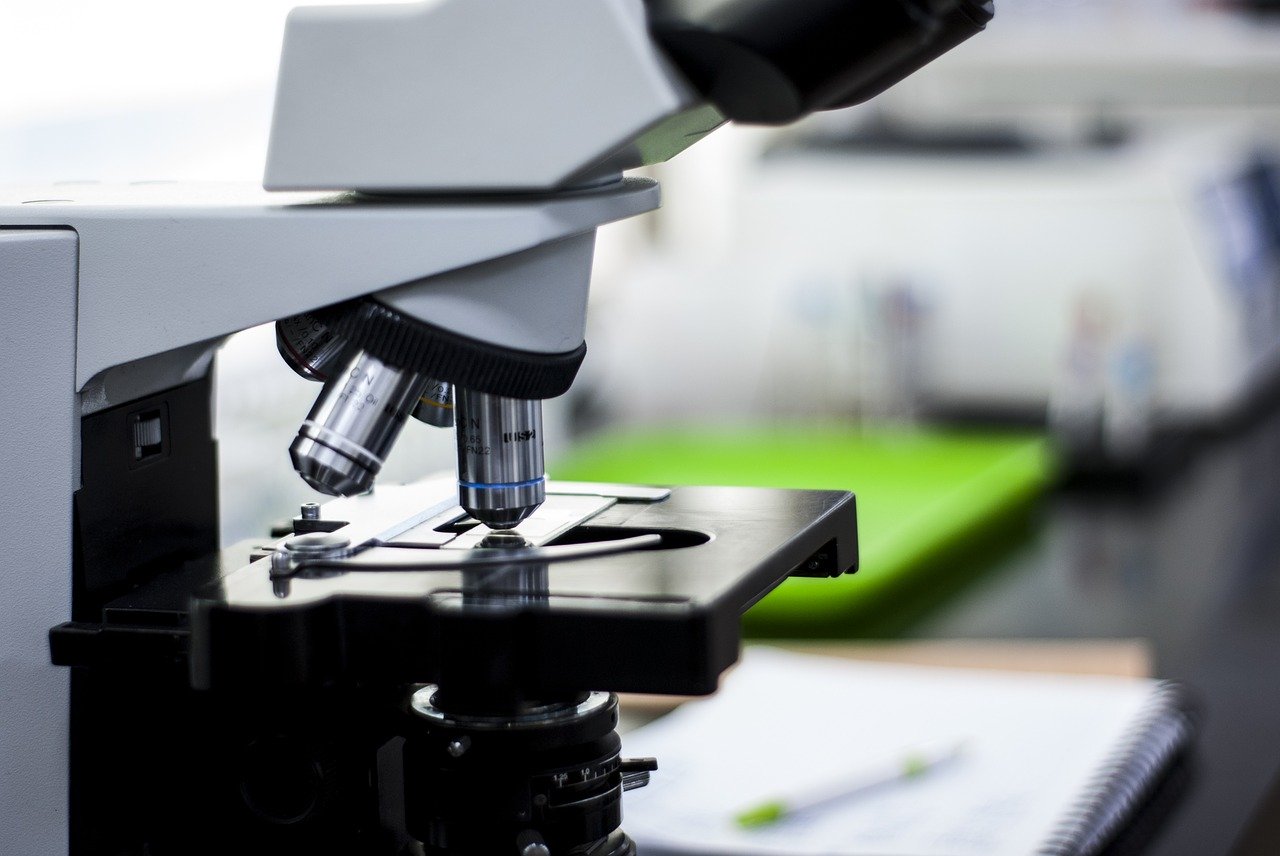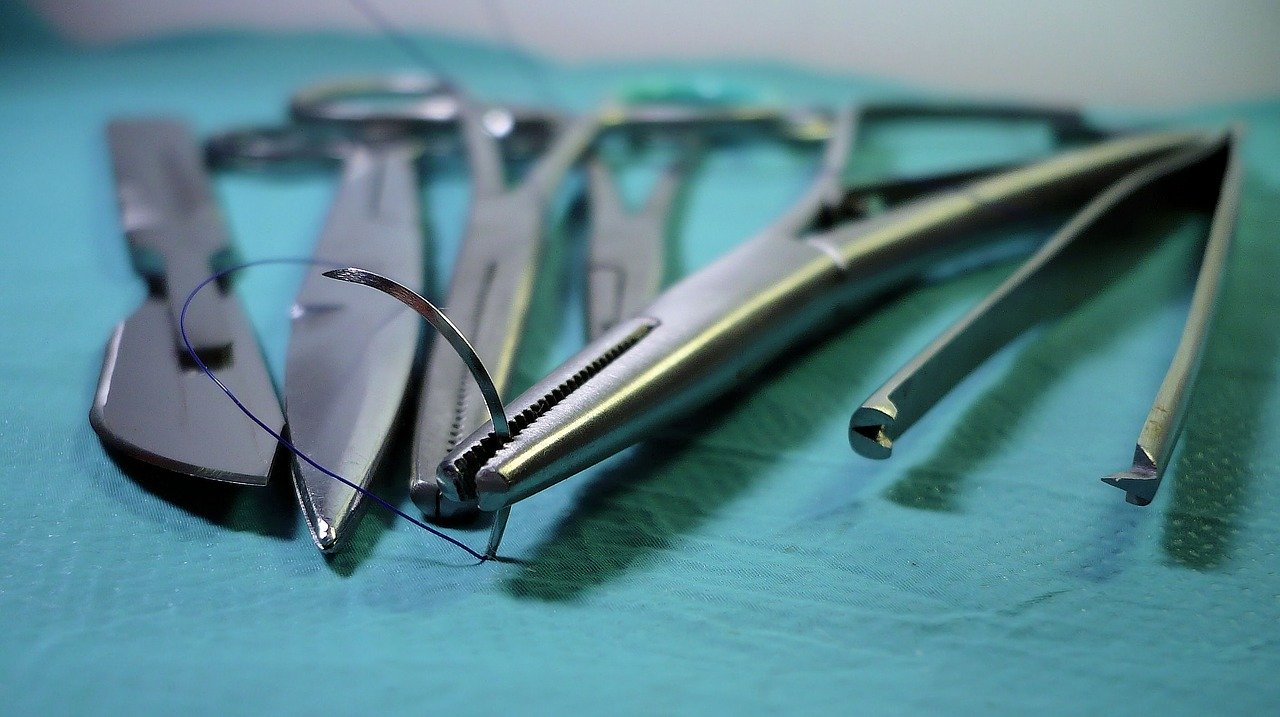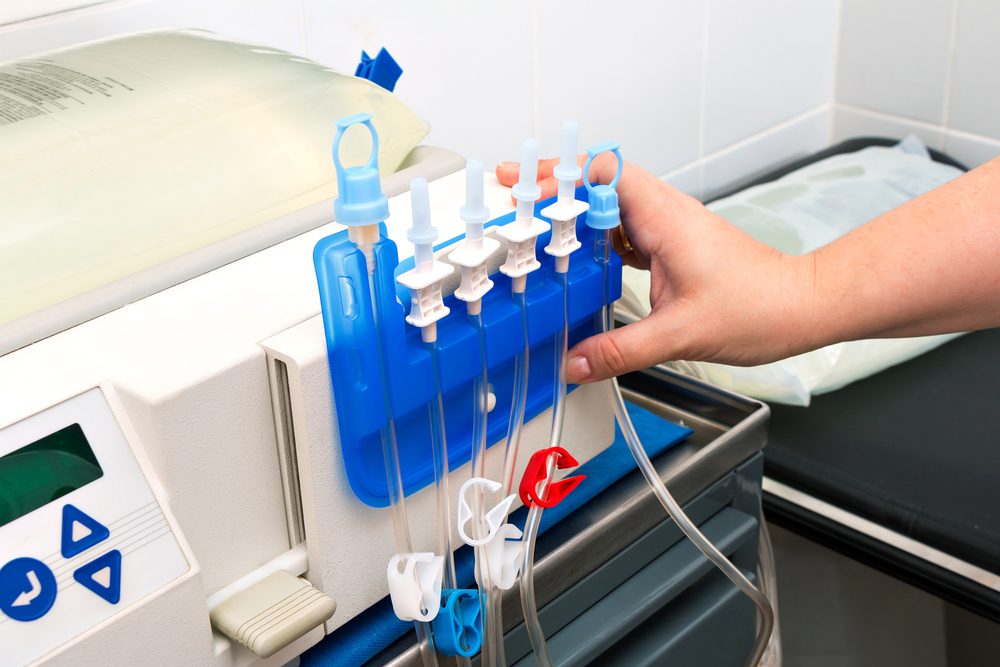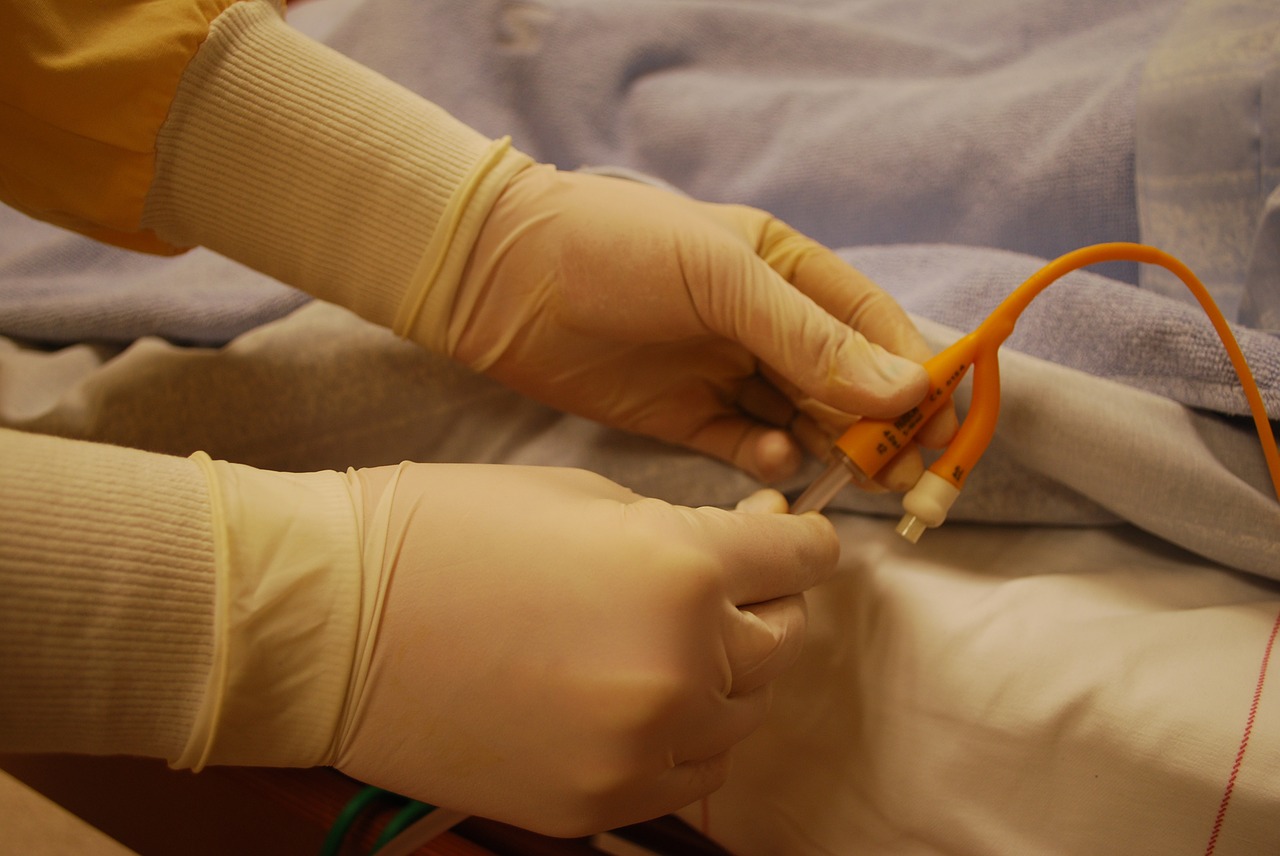Medical device users in the EU beware: a new research report finds that some medical devices are not held to the same quality standards as traditional pharmaceuticals, potentially exposing patients to harm.
Most pharmaceutical agents undergo rigorous clinical testing before medicinal authorities approve them for marketing. However, the same regulations do not apply to oral powders and gels that are developed, marketed and sold as medical devices in the EU.
What’s more alarming is who these devices are intended for: children with diarrhea or gastroesophageal reflux disease (GERD).
In the report, published in Archives of Disease in Childhood, the researchers compared the leaflet information of three common medical devices with standards for medicines and published clinical data at the time of product launch.
For standard medicines, a leaflet that comes in the packaging is required to contain prescribing information in addition to product ingredients, side effects and potential drug-drug interactions. For the medical devices under investigation, this information was insufficient or completely absent.
“The analysis in the paper showed that the clinical evidence for such products appears to be very poor, if any available, so that efficacy and safety of these products are not guaranteed,” they concluded.
The authors also found that the leaflets made more claims than are proven for, while deleting essential information with regard to safety, such as safety risks and interactions.
How can manufacturers legally market devices to patients with so little clinical evidence? In an interview with Xtalks*, the researchers said it comes down to what developers claim to be the device’s principal mechanism of action.
“The differentiation between a medical device and medicine is based on the principal mode of action,” they explained. “The mechanism of action of the material needs to be mechanical or physical, while not pharmacological, metabolic or immunological — the latter actions, however, may be ancillary to the main mode of action.”
In the case of antidiarrheal and anti-GERD medicines, manufacturers may claim that the principal mode of action is the formation of a physical barrier or film. According to the researchers, the so-called barrier claim is frequently reported in oral powders or gels marketed as medical devices.
“The analysis of our three products, and meanwhile 20 more products in collaboration with the major consumer organization, Test-Aankoop in Belgium, revealed that the barrier claim is frequently based on experimental models that are totally irrelevant to the pathophysiology, such as for example a film-forming polymerization process taking place at high temperature and in alkaline conditions.”
In other words, the barrier claim serves as a prerequisite to the status of these powders and gels as a medical device.
Given the loose regulatory requirements and significantly shorter path to market, it is no wonder that manufacturers are tempted to enter the lucrative medical device business.
“For medical devices, the manufacturer only needs to document some ‘performance’ for his [or her] material, while safety can be generated post-launch by materiovigilance,” they said. “The certification procedure is moreover a local national competence, whereby — depending on the risk class that the manufacturer attributes to his [or her] product — [the manufacturer themselves] can certify the product.”
Once a product is CE marked, it can move freely throughout the EU and be advertised directly to consumers and sold over the counter. As a result, consumers may be repeatedly ingesting substances that are not guaranteed to be safe or effective.
However, with the new EU Medical Device Regulations (EU MDR) set to take effect in just five months, the requirement for more clinical evidence may cause device manufacturers to buckle.
The researchers warn that there may be loopholes that could be exploited.
“The European Medicines Agency advice is only binding for certain [classes of] devices and the notifying body may still motivate differently. Moreover, as these regulations were not written to medicines, there is still no requirement of efficacy (performance being sufficient) [and] materiovigilance [is required] only [for] the reporting of serious events.”
In fact, the authors say that the new EU MDR may exacerbate the problem, as the classification will include ‘substance-based’ medical devices such as the hyaluronic acid-based gels examined in the study. As well, the Medicines and Healthcare products Regulatory Agency of the UK warned that the EU MDR will only further blur the lines between medicines and medical devices, potentially confusing product developers.
The alarming findings from this research serve as a reminder to patients and healthcare providers to take a second look at leaflet information.
*The quotes used in this article reflect the opinions of all authors of the paper with specific input from Dr. Suzy Huijghebaert, Dr. Karel Allegaert and Dr. Myriam Van Winckel.












Join or login to leave a comment
JOIN LOGIN